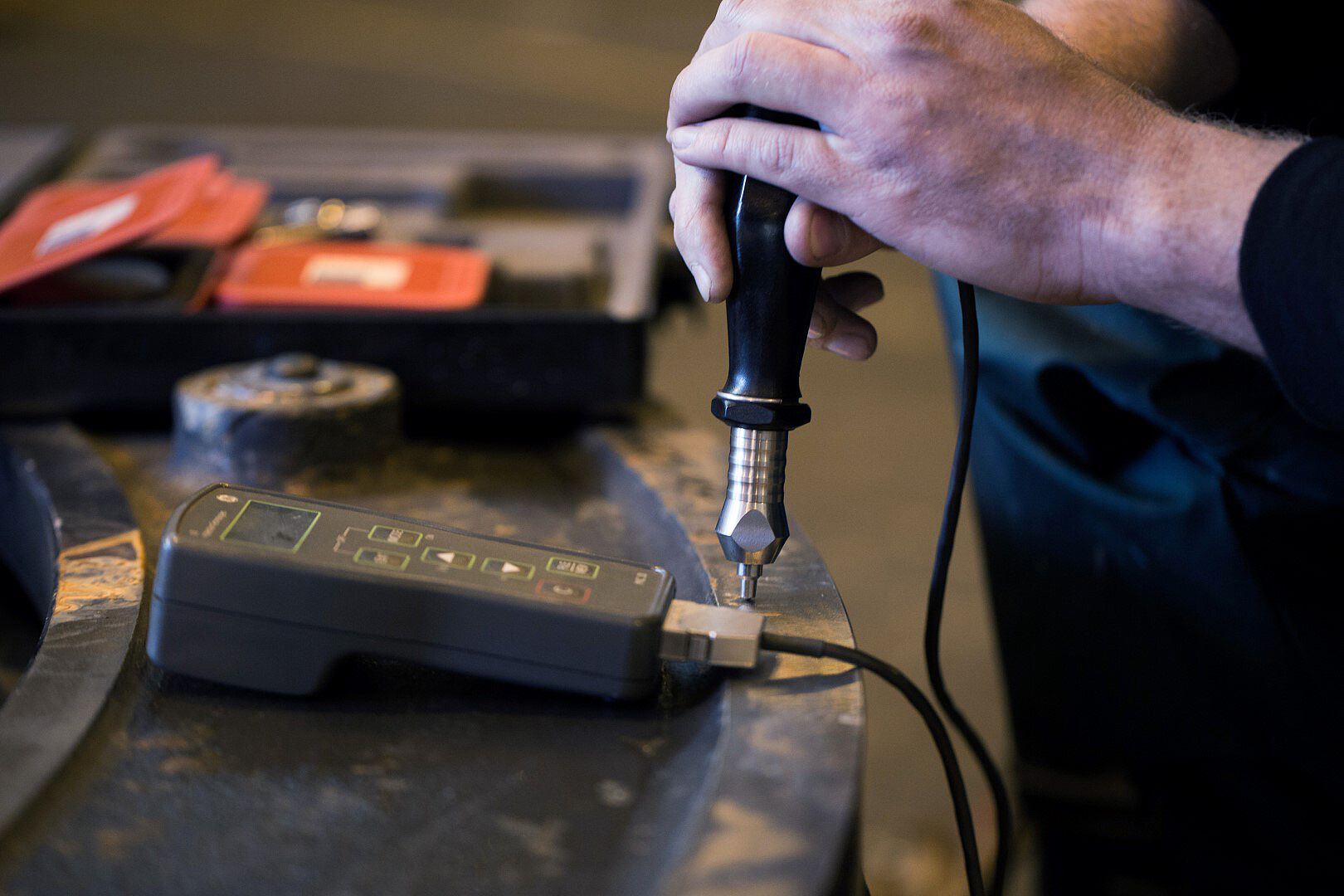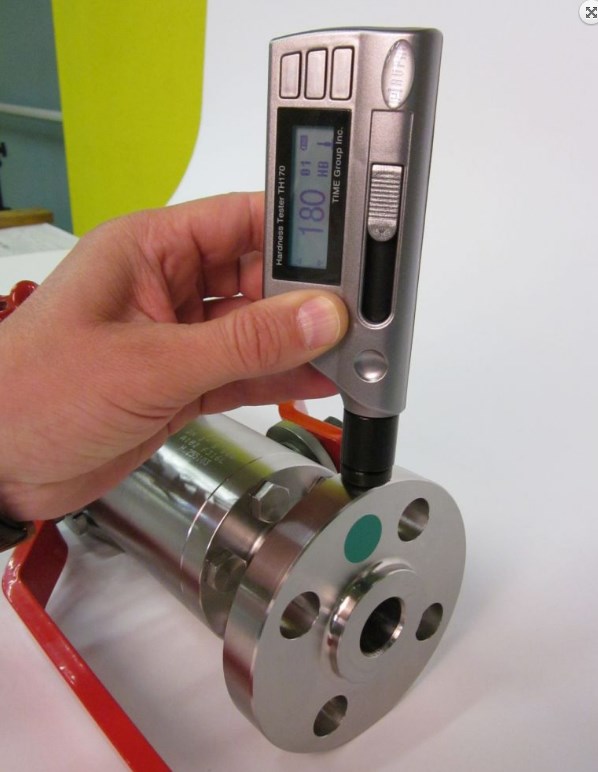Hardness Testing

Hardness Testing (HT) is today one of the most frequently employed methods for mechanical material testing, in particular for metals. On the one hand, this test method allows qualitative relationships to other material properties (e.g. strength, rigidity, density) or to the behavior of the materials under certain loads (e.g. wear resistance) to be established. Hardness testing of metals is frequently required by specifications to help determine properties such as abrasive resistance, brittleness, ductility, yield and tensile strength.
The hardness test is comparatively quick and simple to perform and causes relatively little damage to the specimen, i.e. only very minor marks are left on the specimen surface. It also provides a simple method for quality control (incoming goods and outgoing goods inspection). The hardness test method also allows a wide variety of geometries to be tested.

Advantage
- Portable testing provides easy inspection of assembled machines, steel, cast construction
- Test marks on metal surfaces are minor
- Impact direction effects can automatically compensate to allow testing in any position
- Direct display for instant results
- Recorded memory for data transfer of test series
- Rapid conversion to multiple hardness scales by material groups or specified ranges
